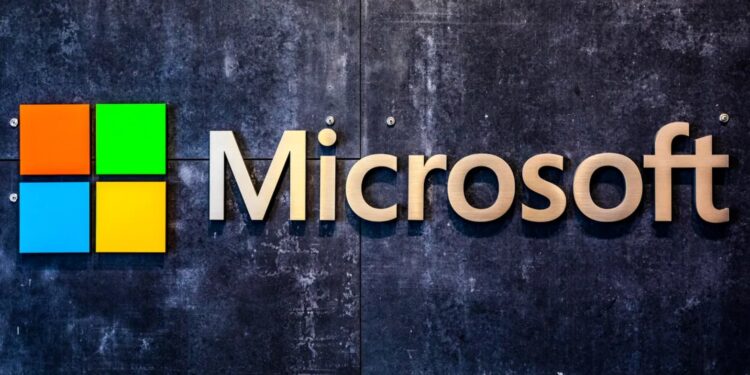Redmond, Wash.- At Microsoft Build 2025, Intel and Microsoft announced an expanded, strategic collaboration focused on creating relevant and optimized hardware and software solutions for cloud and edge computing.
The companies hope to deliver ground-breaking innovation on the likes of AI, hybrid cloud and developer tools – all with user experience high on the agenda.
The joint statement also pointed to some new initiatives which they would be working on to maximise their combined advantages. One of our key areas of focus will be co-innovating both the silicon and the software to unlock further acceleration for AI applications.
Supporting Intel’s upcoming generations of processors, products such as the latest Intel Xeon Scalable Processors and Arc GPUs, for Microsoft’s Azure AI platform, as well as Windows AI capabilities.
For developers, this will mean better tools and libraries for building and deploying AI models across devices using imagery, text and more, as well as JIT compilation support, and an expanded set of ONNX operators and optimized kernels to support an even wider range of models and workloads — all supported with turnkey support for hardware acceleration.
In addition, there will also be collaboration in the hybrid cloud space. Intel and Microsoft are focused on providing solutions that offer predictable performance and manageability on-premise and in Azure.
This involves making Intel hardware capabilities available to Azure Stack HCI as well as creating consolidated management tools that will make hybrid deployment easier for enterprise users. In other words, customers have more freedom and say in their IT resources.
A second key to the announcement is the focus on developers. The two companies will collaboratively work to make developer tools and software frameworks available across Intel’s hardware and Microsoft’s software platforms, and optimize the workloads on the two architectures.
This of course includes improvements to Microsoft Visual Studio,. NET, and other programming techniques to leverage Intel architectural enhancements. The collaboration’s goal is to simplify how developers create and optimize rich, intuitive applications that perform and execute the same way on a wide variety of platforms.
The Intel and Microsoft executives spoke of a mutual strategy and vision for the future of computing where close hardware and software integration will be key to opening up new potential. They reaffirmed their continued focus on delivering new technologies for customers and developers as the computing landscape shifts from legacy and outdated technology to new and more efficient products.
Neither company has yet elaborated on product specifics or a launch timeline, but did say they will have more to say in the coming months. “Extending our partnership with one of the world’s most innovative companies by expanding our existing plans brings even better experiences to our customers.”
This expanded relationship points to an ongoing investment by two principal leaders of the industry to innovate and deliver a competitive experience to their customers.
















